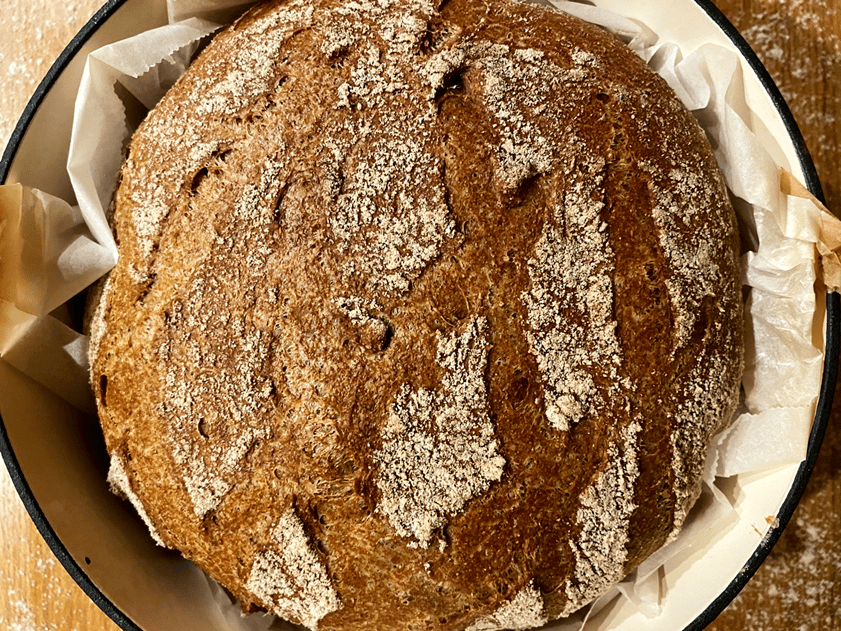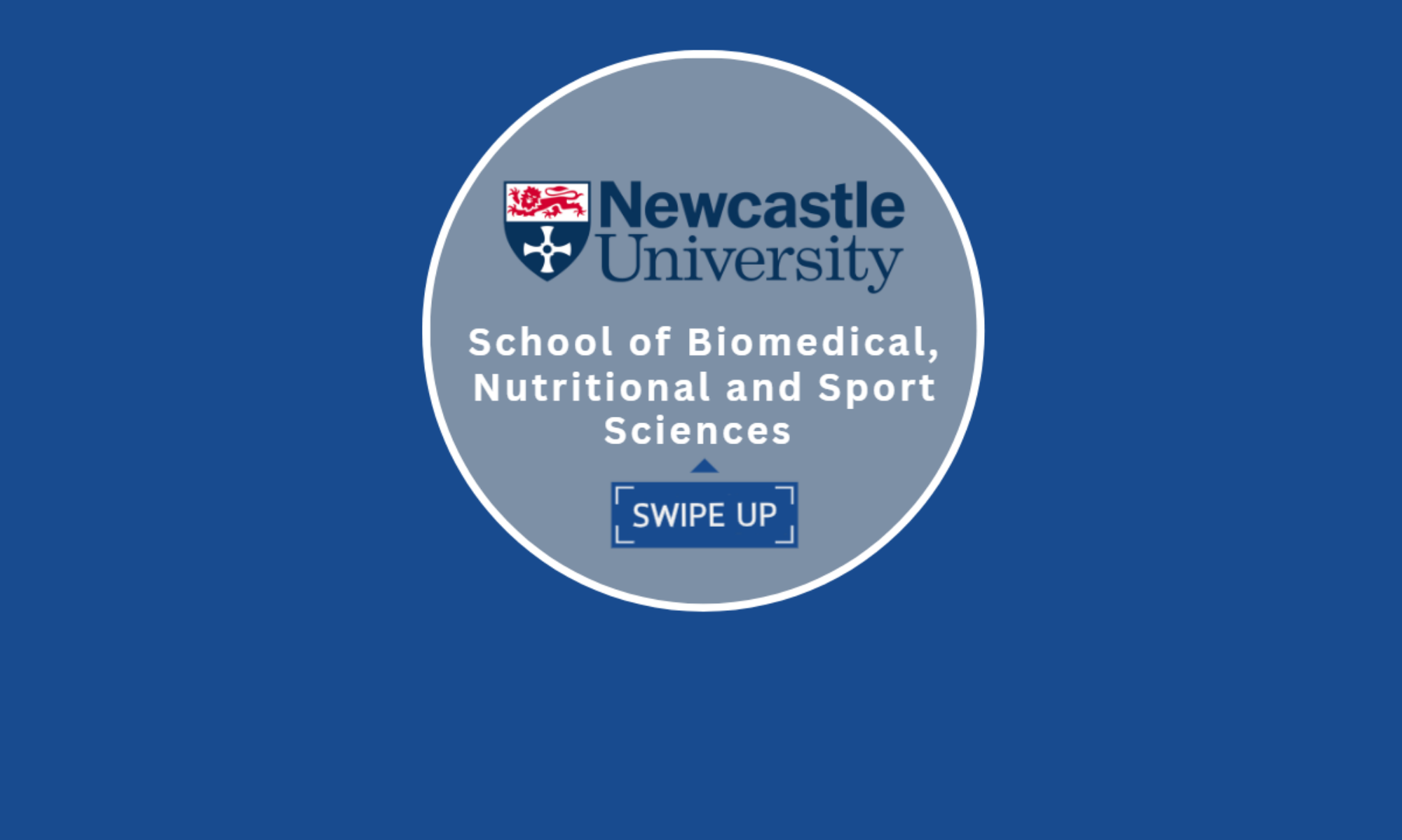By Katerina Sakellaropoulou, Stage 1 MDiet student
Hello everyone! My name is Katerina Sakellaropoulou and I’m a first-year MDiet student at Newcastle University, from Greece.
I don’t know about you, but for me bread often accompanies most meals of my day. From simple avocado or beans on toast, to egg salad sandwiches to even those amazing “croque madames” served for Sunday brunch. Let’s face it, bread or flour are impossible to avoid, and why would you?
Choosing the right one can be quite challenging though: white, sourdough, tiger, angel, stotty, wholemeal, multigrain, brioche, rye, pita, naan… I’m not even done listing them and I am already out of breath.
Earlier this academic year I had the chance to attend an incredible 2-hour session with Dr Andrew Wilkinson as a guest speaker. This was part of the Food Studies module on the MDiet course, with Ms Alison Barnes as the module lead.
Little did I know but my relationship with bread was going to be forever changed. Dr Wilkinson’s presentation made me realise there was so much more to learn when buying a loaf of bread at the supermarket. What about soil health, milling quality, agricultural chemical residues, grain anatomy?! Not to mention the biggest question of all…
White or wholemeal bread?
I am not going to go into much detail but the answer is… Go for wholemeal or rye bread!

Why? Because of the higher content of dietary fibre, low glycaemic index (slower raise of blood sugar levels), and 100% ground whole grains, all meaning that the macro- and micro-nutrients stored in bran are now available on your plate; not to mention protein, zinc, and iron found in wheat grain.
To put this into perspective, if white flour was to be produced, all the stored macro- and micro-nutrients a grain has at the outer part (the bran, endosperm and aleurone layer) are removed during milling, resulting in white flour with minimal nutritional value. That’s where flour fortification comes in; according to UK law, flour needs to be fortified with calcium, B-vitamins and iron.
Food for thought: wholemeal stoneground flour is exempt from fortification.
After learning all this, I found myself searching for different brands that make “honest” wholemeal bread. Most wholemeal loafs were disappointing, with small percentages of wheat flour, added granulated or even caramelised sugar, palm oil (not sustainable), rapeseed oil, high salt content and preservatives.
I started to wonder how difficult making my own bread was going to be. I had a long talk with my family explaining all my findings and we were all intrigued to find a solution. An hour later we decided to do a 30-day challenge. These types of challenges seem to be getting quite popular during the pandemic, so we gave it a go and agreed to only consume homemade wholemeal bread for a month. We ordered a 6kg bag of wholemeal stoneground flour from a farm just outside Athens, Greece, and hoped for the best.

It’s been almost 4 months since then and we would never go back. Making bread has become a weekly ritual that everyone can get involved in. Sometimes we add olives or feta cheese or halved cherry tomatoes or even rosemary, to change things up.
As a student dietitian it’s important to understand how the human body works, the underlying biochemistry, energy production, macro- and micro-nutrients and so much more. In addition, being able to use nutrition in our favour is equally important. Understanding the origin of the food is key to why a high-quality wholemeal bread can satisfy you for longer compared to white bread.

Why do we need dietary fibre, and what types of food offer that? All these questions have started to make sense, as I progress through my first year on the MDiet course. I am excited to see what the future holds but I am already feeling grateful for choosing a program that offers me scientific as well as in depth nutrition knowledge that applies to real life scenarios.
After 4 months of baking our own bread, not to mention many failed attempts, I think I finally have found the perfect balanced recipe for homemade bread. Watch the video below to find out how you can make wholemeal beer bread (that takes less than 45 mins to make) as well as traditional wholemeal bread:
If you made it to the end, I want to thank you for reading though my very first blog. I also want to thank our amazing program lead Ms Susan Lennie for giving me the opportunity to share my thoughts and experiences as well as Ms Alison Barnes and Dr Andrew Wilkinson who gave me the knowledge I needed to make some lifetime changes.
Until next time,
Katerina
